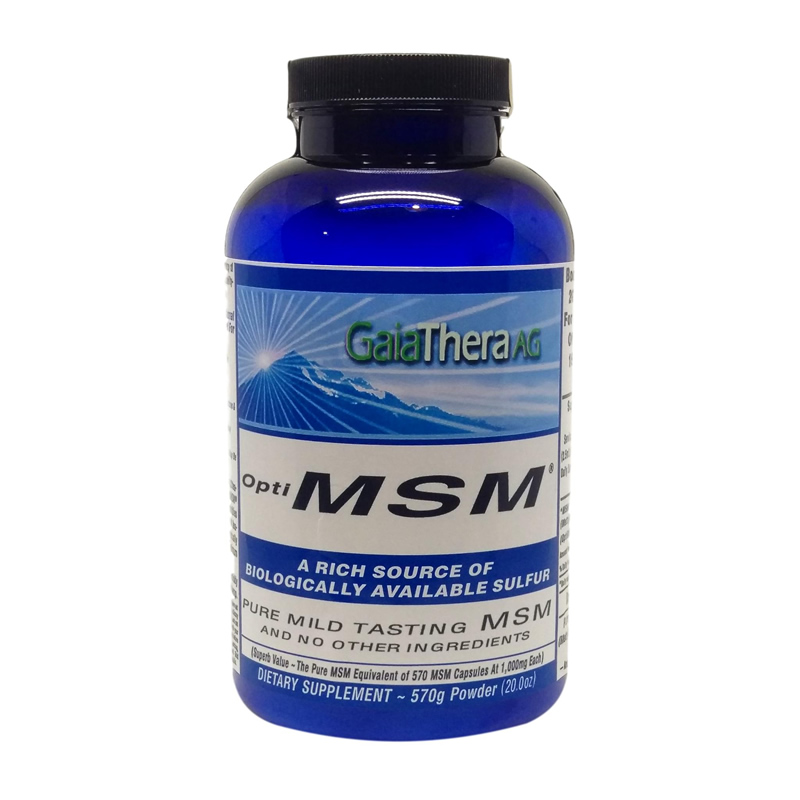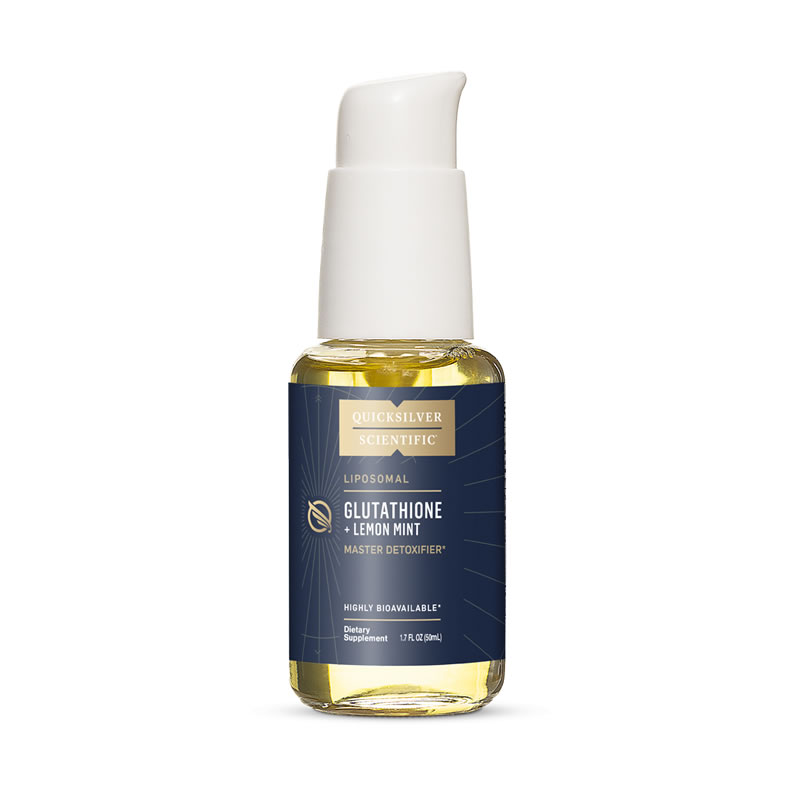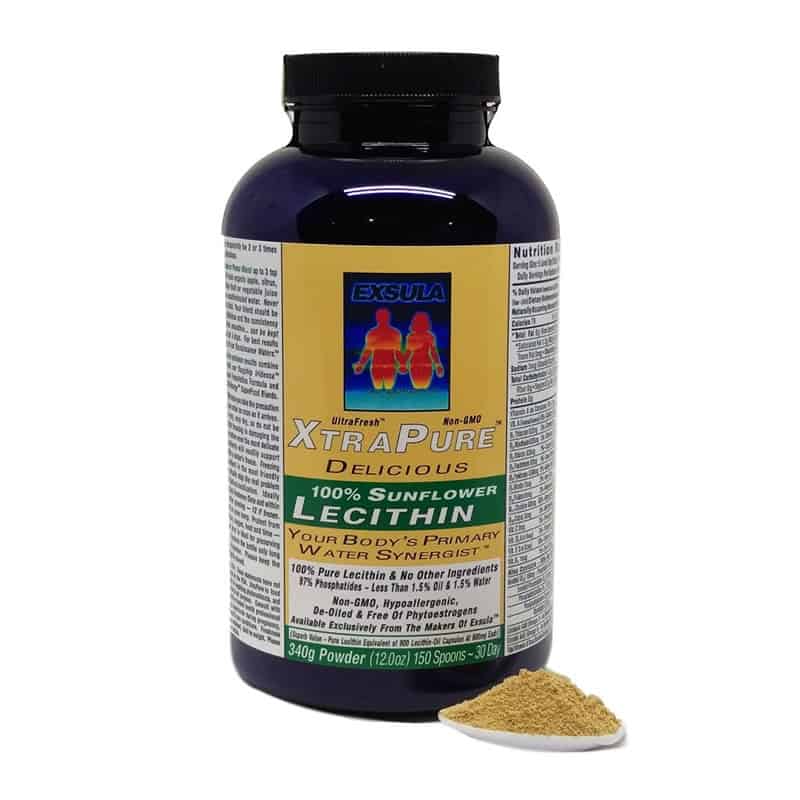No products in the cart.
Book: Clinical Nutrition for the Balanced Body
by Dr. John A. Allocca, Sc.D., C.C.N., Medical Research Scientist, Certified Clinical Nutritionist
A great number of health problems can be attributed to exposure to toxins. Toxicity from foreign chemicals (exotoxins) can cause damage to almost all organs of the body. Symptoms include: fatigue, headaches, neurological disorders, chemical sensitivities, immune dysfunction, and liver disorders. Food is often the main source of toxins. There are approximately 3,000 chemicals used by the food industry during processing. There are approximately 12,000 chemicals used in food packaging materials. Pesticides found in 90% of foods.
In addition to these external sources of toxins, the body also produces toxins called, endotoxins resulting from digestion, immune system functions, stress, etc. Endotoxins may also be produces as the result of food allergies and sensitivities. Increased intestinal permeability (leaky gut syndrome) can result in an increased absorption of exotoxins, endotoxins, antigens, and microorganisms. Candidiasis and intestinal microflora imbalances (dysbiosis), and parasitic infections increase the amount of toxins entering the circulation. Congestive bowel toxicity can greatly increase the amount of endotoxins produced.
Detoxification Pathways
Fat-soluble toxins are easily absorbed but poorly excreted. They may accumulate in the body and cause damage to tissues and organs. Fat-soluble (lipophilic) chemicals are converted to water-soluble chemicals by enzyme conversion in the liver in a two step process so they can be excreted. In the first phase the lipophilic chemicals are oxidized, reduced, or hydrolyzed by the enzymes cytochrome P-450 or monooxygenase. Monooxygenase is the primarily used. During this phase, free radicals and toxic compounds are produced which can cause damage to organs and tissues.
Adequate antioxidants must be present to detoxify these intermediate (bioactivated) compounds produced in the initial detoxification phase. In the next phase the intermediate compounds undergo enzymic conjugation by reacting with methyl donors, sulfhydryl donors, and other conjugating agents. The major conjugation reactions are glucuronidation, glutathione conjugation, amino acid conjugation, sulfation, acetylation, and methylation. These conjugated compounds are less toxic, water-soluble, and easily excreted in the urine and bile.
Nutritional Support
- The first step is to eliminate foods from the diet that create allergies or sensitivities.
- The second step is avoid foods that contain preservatives, pesticides, saturated fats, red meats and other meats containing additives, saturated fats, sugar, refined carbohydrates, excessive salt, alcohol, and caffeine. Also avoid foods that are over processed.
- The third step is to take digestive enzymes with cooked foods (see the “Digestive Enzymes” chapter). Raw foods are best.
- The fourth step is to properly combine foods. Fruits should be eaten alone. Do not combine animal proteins with starches (rice, pasta, bread, potato). (see the “Food Combining” chapter).
- The fifth step is to avoid over-eating which can lead to digestive problems and congestive bowel toxicity.
- The sixth step is to drink uncontaminated water. Tap water should be filtered to remove lead, chlorine, other heavy metals, and bacteria.
- The seventh step is variety of diet. Food allergies and sensitivities can develop from specific foods eaten continuously. Specific foods should not be consumed continuously for more than four days.
- The eighth step is to reduce oxidative damage. Depletion of antioxidants can occur from tissue damage from disease, injury, exposure to environmental pollution, radiation exposure, chronic drug and alcohol use, antibiotic and non steroidal inflammatory drugs (NSAIDs) overuse, excessive iron supplementation, intestinal dysbiosis, and intestinal pathogens.
- The ninth step is to re-establish proper intestinal flora. Supplementation with probiotics such as lactobacillus acidophilus and lactobacillus bifidus is important. Fructooligosaccharides (FOS) can help to re-establish a healthy bowel flora.
- The tenth step is to eliminate intestinal pathogens. Candidiasis is the most common pathogen, which results in the overgrowth of candida albicans.
- The eleventh step is to prevent and/or eliminate congestive bowel toxicity. Dietary fiber contains soluble and insoluble compounds. Soluble fiber is fermented by the microflora of the colon and produce short chain fatty acids such as butyric acid. Butyric acid is used by the mucosa of the colon as its main source of fuel. Butyric acid is metabolized to glutamine which is an essential fuel for the small intestines. A high fiber diet should be followed on a regular basis. The high fiber diet should be supplemented with “fresh” fruit or vegetables and fresh fruit and vegetable juices. Fresh juice is made fresh from fruits or fresh vegetables using a “juicer” machine and served within one hour of production. Psyllium, oat products, guar gum and fruits and vegetables are a good source of soluble fiber. Most plant foods are a good source of insoluble fiber. Dietary fiber also binds with endotoxins and help eliminate them though the bowels. Bentonite can be used to bind with endotoxins to prevent their absorption.
- The Twelfth step is a two week bowel cleansing. During the first week take: Aloe Vera resin, Olive Leaf extract, Cascara Sagrada, Cayenne, and Valerian root. Cascara Sagrada (rhamnus purshiana) promotes peristaltic action in the intestines. Cayenne (capsicum frutenscens) stimulates nerves of the stomach, promotes digestive secretions, and assists peristaltic motion. Valerian root (valeriana officinalis) is a strong nervine having a sedative effect, used as a tranquilizer but leaving one feeling refreshed rather than sluggish. In this formula, the valerian root is used to relax the muscles of the intestines. During the second week, add psyllium husks and activated charcoal.
Nutritional Supplementation
The ability of the liver to detoxify is determined by the availability of the appropriate nutrients and enzymes. An adequate supply of antioxidants is vitally important after the first phase of converting lipophilic toxins which produce free radicals. Reduced glutathione, superoxide dismutase, and catalase are the primary antioxidants used in the body to scavenge free radicals. Other antioxidants include: beta carotine, vitamin E, vitamin C, selenium, and N-acetylcysteine. Vitamin and mineral cofactors required for cytochrome P-450 reactions inlcude: riboflavin, niacin, magnesium, iron, and other trace minerals. Phytochemicals such as indoles from cruciferous vegetables and quercetin also help in the first phase of detoxification. Glutathione conjugation is the primary pathway for detoxification of intermediate (bioactivated) compounds. Supplementation with reduced L-glutathione and N-acetylcysteine increase levels of glutathione.
Beta-glucuronidase is an enzyme produced by intestinal bacteria that reverses the glucuronidation reaction and releases previously conjugated toxins to be reabsorbed from the intestines. Calcium d-glucarate is a natural compound found in certain fruits and vegetables that inhibits microbial beta-glucuronidase production. Calcium d-glucarate is currently being investigated for its effects in preventing breast cancer in high risk women at Memorial Sloan Kettering Cancer Center. Other second phase conjugating agents include: amino acids such as glycine, cysteine, glutamine, methionine, taurine, glutamic acid, and asparatic acid.
Vitamin, mineral, and protein deficiencies will decrease the activity of the detoxification pathways. Fats can promote the uptake of many chemical carcinogens. Olive oil and canola oil, (monounsaturated) have a neutral effect in promoting the uptake of carcinogens. The omega-3 polyunsaturated oils have a neutral effect in promoting the uptake of carcinogens. The omega 6 polyunsaturated oils have a positive effect in promoting the uptake of carcinogens. Cruciferous vegetables such as broccoli, cauliflower, Brussels sprouts, and cabbage enhance the first phase of detoxification. They contain indoles such as indole-3-carbinol and indole-3-acetonitrile which increase monooxygenase activity. Plant flavonoids such as quercetin diminish the mutation of many carcinogens. This action probably occurs through the modulation of the cytochrome P-450 enzyme activation.







